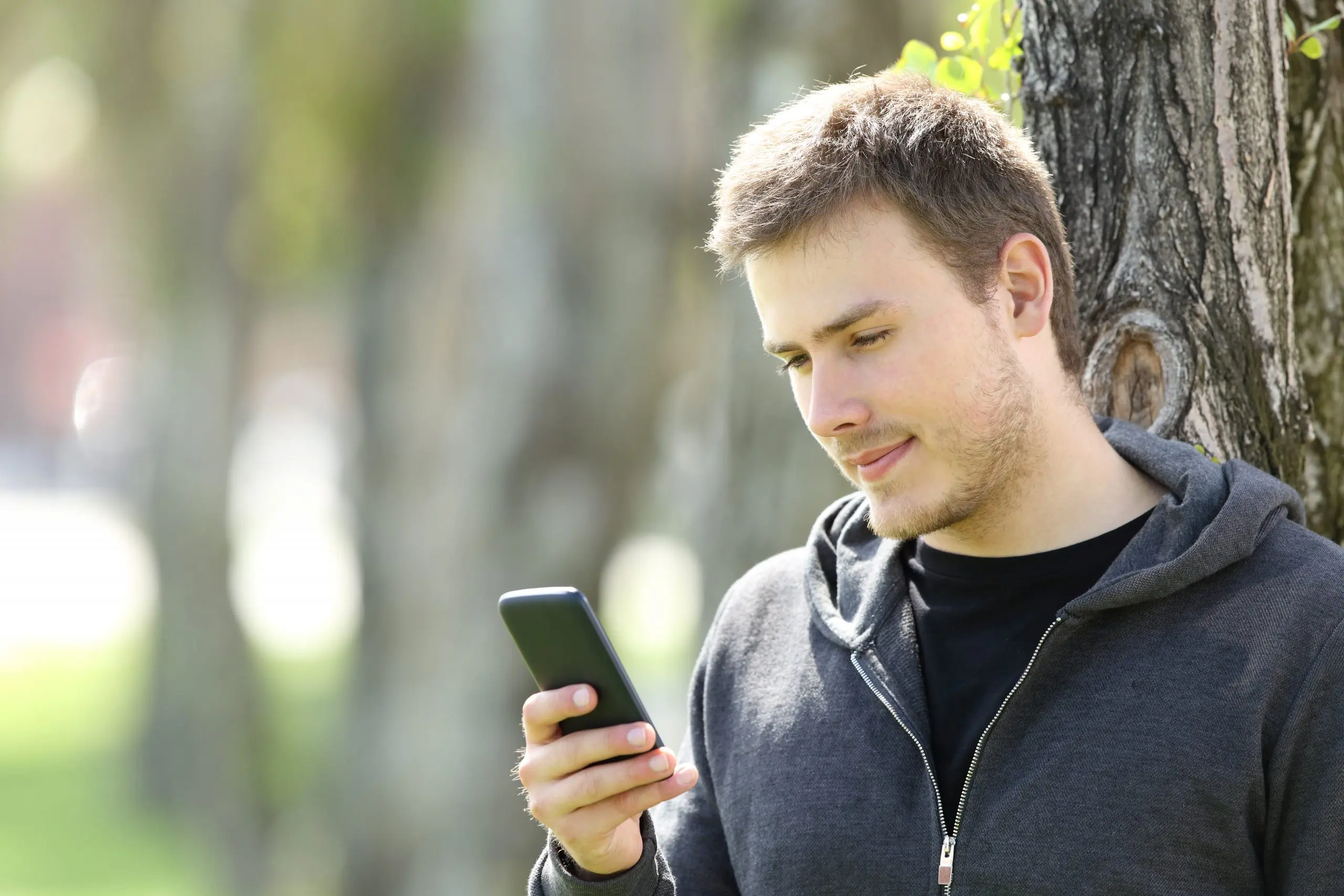Haemorrhoids
Medically Reviewed by Dr Aifric Boylan
Last updated on 27.06.2024
Haemorrhoids, also known as piles, are a very common medical condition. The pelvis and anus have a lot of blood vessels, and around the rectum, some veins are very close to the skin. This means if they pool with blood and enlarge, they can become prominent and present as haemorrhoids.
Haemorrhoids can occur at any age and studies around the world report anywhere between 5-50% of the population experiencing them at some point in their lives.
Symptoms of haemorrhoids
Haemorrhoids can be internal or external. Internal means they are inside the rectal canal and aren’t often visible unless they prolapse out of the anus. External ones can be anywhere between 2cm inside the rectum to the skin of the anus, so they may or may not be visible.
Generally speaking, internal piles are not painful unless they prolapse or twist on themselves (strangulation). They can however bleed and this is usually a bright red colour. Meanwhile, external piles can be painful, itchy, burning, sore and also bleed bright red. You can have internal and external haemorrhoids.
Sometimes the blood that has pooled in a haemorrhoid can form a clot, and this is called a thrombosed haemorrhoid. This is very painful and sometimes it can be hard to even sit down.
Risk factors for haemorrhoids
Risk factors include:
- Obesity
- Chronic cough
- Low fibre diet
- Pregnancy
- Constipation and straining on the toilet
- Chronic diarrhoea
- Heavy lifting, like gym workouts
- Inflammatory bowel disease, like ulcerative colitis or Crohn’s disease
- Childbirth
- Family history
Diagnosis of haemorrhoids
Your doctor will often examine you by feeling your abdomen and then examining your anus. This might also involve an internal examination, which involves using a gloved finger and lubricant to feel inside the rectal canal.
Haemorrhoids need to be distinguished from other conditions like warts, skin tags, anal fissures, dermatitis and anal cancers.
Self-treatment
Often, people treat their own piles without seeking assistance from a doctor. Treatments can include:
- Increasing water and fibre intake: this improves the flow of stools and reduces pressure inside the pelvic. This prevents straining and constipation.
- Treating the underlying cause, such as chronic cough, diarrhoea or inflammatory bowel disease
- Simple pain relief, such as paracetamol or ibuprofen. Avoid constipating medications such as codeine
- Warm salt or sitz bath to clean the area and provide relief
- Avoid soap and shower gel on the anus, which can dry the area, worsen piles and lead to dermatitis and irritation
- Topical therapies: combined anaesthetic and corticosteroid creams can be bought over the counter at pharmacies and they can help with the burning, itching or discomfort
When to seek medical help
If your piles are atypical, worsening or not improving, you may be referred to have ‘scopes’, which refers to a sigmoidoscopy or colonoscopy. This involves a camera inserted into the anus while you’re asleep to examine for haemorrhoids and exclude other causes.
People are often worried that blood from their rectum is caused by cancer. Haemorrhoids are much more common than bowel cancer, but you can have both so it is important you speak to your doctor about any bowel or rectal symptoms you have.
Medical treatments for haemorrhoids
During your scope or afterwards, your doctor may treat your haemorrhoids with:
- Rubber band ligation: rubber bands are applied to haemorrhoids which block off the blood flow to them and they fall off within a week.
- Injection sclerotherapy: a chemical injection into each haemorrhoid makes them shrink.
- Coagulation and electrocautery: heat is used to cut blood supply to the haemorrhoid.
- Haemorrhoidectomy: the haemorrhoids are removed physically and sometimes the internal tissue may be stapled as part of the procedure.
Many people are embarrassed by haemorrhoids so never seek help. Sometimes, they can be small and clear on their own. If they are causing you distress or ongoing symptoms, it is worth talking to your doctor for helpful tips and management options.
Getting a Mental Health Care Plan in Australia: Your Guide
Getting a Mental Health Care Plan in Australia: Your Guide Mental health matters—and if you’re feeling overwhelmed, anxious, or down, a mental health care plan can help. But what is it, and how do [...]
UTI Symptoms and Treatment: What You Need to Know
UTI Symptoms and Treatment: What You Need to Know Urinary Tract Infections (UTIs) are common, uncomfortable, and often disruptive. But what exactly are the signs to watch for, and how can you get relief [...]
Free Mental Health Care Plan Online | Bulk-Billed by Qoctor
Free Mental Health Care Plan Online | Bulk-Billed by Qoctor Discover how to get a free, bulk-billed Mental Health Care Plan (MHCP) in Australia through Qoctor's telehealth service. Accessing [...]






